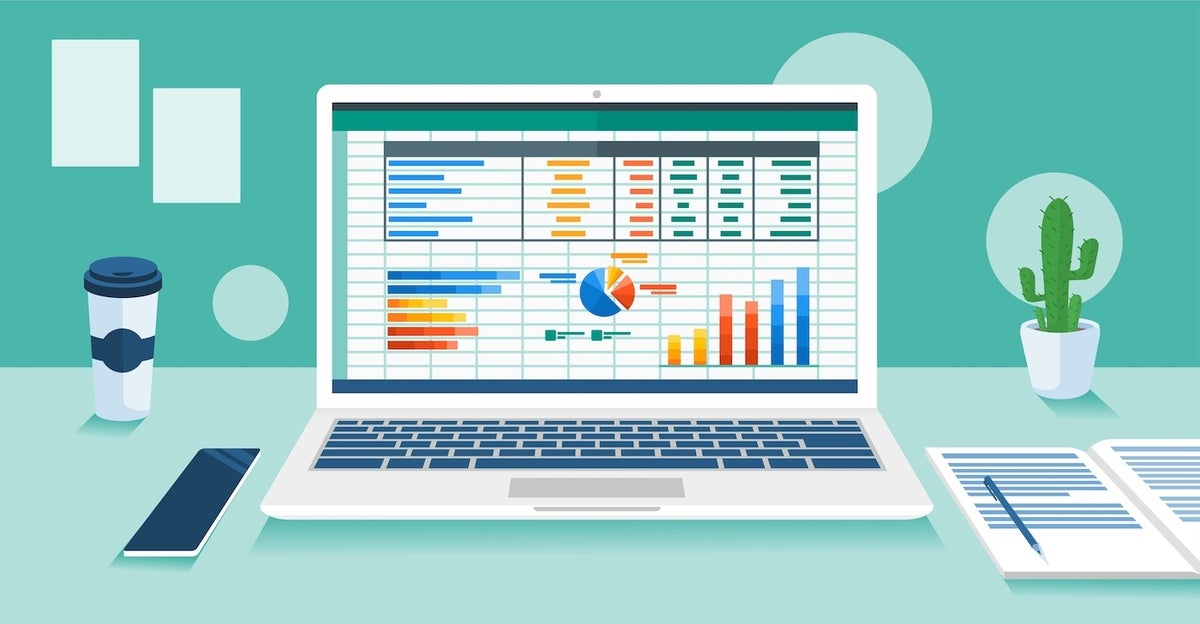
When your business is launching a software application, analytics should be part of the strategic plans from the start. You’ll need to work closely with developers, product owners and customers to determine what your minimum viable product consists of, and talk with your business owners to decide the key performance indicators that need to be measurable on day one. At a minimum, your analytics should answer two questions: Who are your users, and what are they doing?
For example, if your business knows that 90% of your users are on Android devices and getting acquired through Facebook, then you have data that answers who uses your app and can make a data-informed decision on where to market. Should you double down and expand your Android user base, or should you look for other acquisition channels to grow the iOS base?
SEE: Hiring kit: Mobile App Developer (TechRepublic Premium)
A strong minimum viable analysis will give you the data you need to drive your application post launch. If you are building a digital product or service and haven’t yet considered what sort of analytics you need to have in place for launch, this guide can help.
Here are good starting points of what data to capture for most minimal viable analytic implementations.
| Data to capture | User data | What are these users doing? |
|---|---|---|
| Geography | X | |
| Demographics | X | |
| Time of day | X | |
| Device type | X | |
| Operating system | X | |
| Acquisition channel | X | X |
| Download counts | X | |
| Active daily users | X | |
| Engagement | X | |
| Unique visits | X | |
| Revenue per user | X | |
| Conversions | X |
What tech tools should you use with this analytics strategy?
One analytics tool will not give you the 360-degree view of your application in the field, and the operational flexibility you’ll need post launch; this is especially true in the mobile app space where changes need to go through a store submittal and approval process. A good approach is to combine several tools across the categories of analytics, abstraction and quality of service to make sure you have everything you need baked into your app.
Analytics
An analytics package is the core component for aggregating and reporting on your user data. When you’re trying to choose an analytics package, there are a lot of factors that go into selecting the right one. One important factor is to make sure the analytics solution is tailored for your application platform. Also, within a single vendor’s offerings, there may be multiple solutions to evaluate.
Two of the most popular analytics packages are Google Analytics for Firebase and Google Analytics 4.
Google Analytics for Firebase
After several rounds of confusing name changes, Google Analytics for Firebase is Google’s solution for mobile app analytics. It still uses Google Analytics at its core, but it’s exposed as an event-based model, which is better aligned to how people use a mobile application. Google Analytics for Firebase is free with unlimited usage, but there is no service level agreement.
Google Analytics 4
Google Analytics 4, which was previously called Google Analytics, maintains its classic approach to analytics, i.e. page views. It has a fairly robust free tier as well as paid plans for advanced use cases.
Abstraction
After the application is released and you start collecting analytics, you might wish you had collected additional data points or formatted the data differently to draw more advanced correlations. That’s where a tag management system comes into play. A TMS allows you to quickly update measurement code and related code fragments, usually from a web console. In many cases, after the initial implementation, these updates can be made without requiring a code update to your live app in the field.
If you’ve never used a TMS before, there are many vendors to consider including Google, Adobe and Mixpanel. One interesting aspect of a TMS is that most are independent of your analytics solution, allowing, for example, the use of Google’s Tag Manager with Adobe analytics and vice versa.
Quality of service
Even with a TMS and a robust analytics implementation, you’ll find these data points are not the same data points your engineering team needs to diagnose issues your users encounter. That brings us to the third tool in your MVA tool bag: Quality of service measurement.
Flavors of these QOS tools exist for both mobile and the web, as the fundamental technical differences in these applications mandate a different approach. For mobile, popular QOS solutions include Crashlytics, Instabug and Raygun. On the web, you’ll want to consider tools like Airbrake and Uptrends.
Common data to collect includes:
- Crash dumps (stack traces).
- Intelligent grouping (quantifying unique crashes as opposed to multiple instances of the same crash).
- Custom data (developer-inserted breadcrumbs).
- Device state (hardware, operating system and environmental modifiers).
What user privacy and data use details do you need to know?
While ultimately the intent of collecting analytics should be to provide the best possible user experience, privacy and data usage are important considerations. On iOS devices, you are currently required to ask users for their permission to track them across apps and websites owned by other companies. Android and the web are not far behind, so be sure to read and fully understand the privacy requirements for your platforms and how it applies to the analytics you are collecting.
What are the benefits of having analytics about your software?
Successful software products must adapt to a constantly shifting marketplace. A well-planned MVA approach will create a direct line between you and your customers, and significantly improve your application’s launch. You’ll have the analytics SDK reporting on user behaviors, a tag manager to make real-time changes around what you are collecting, and the QOS metrics your developers will require to troubleshoot any user service disruptions. This 360-degree view will provide the data you need to make your app a hit.

